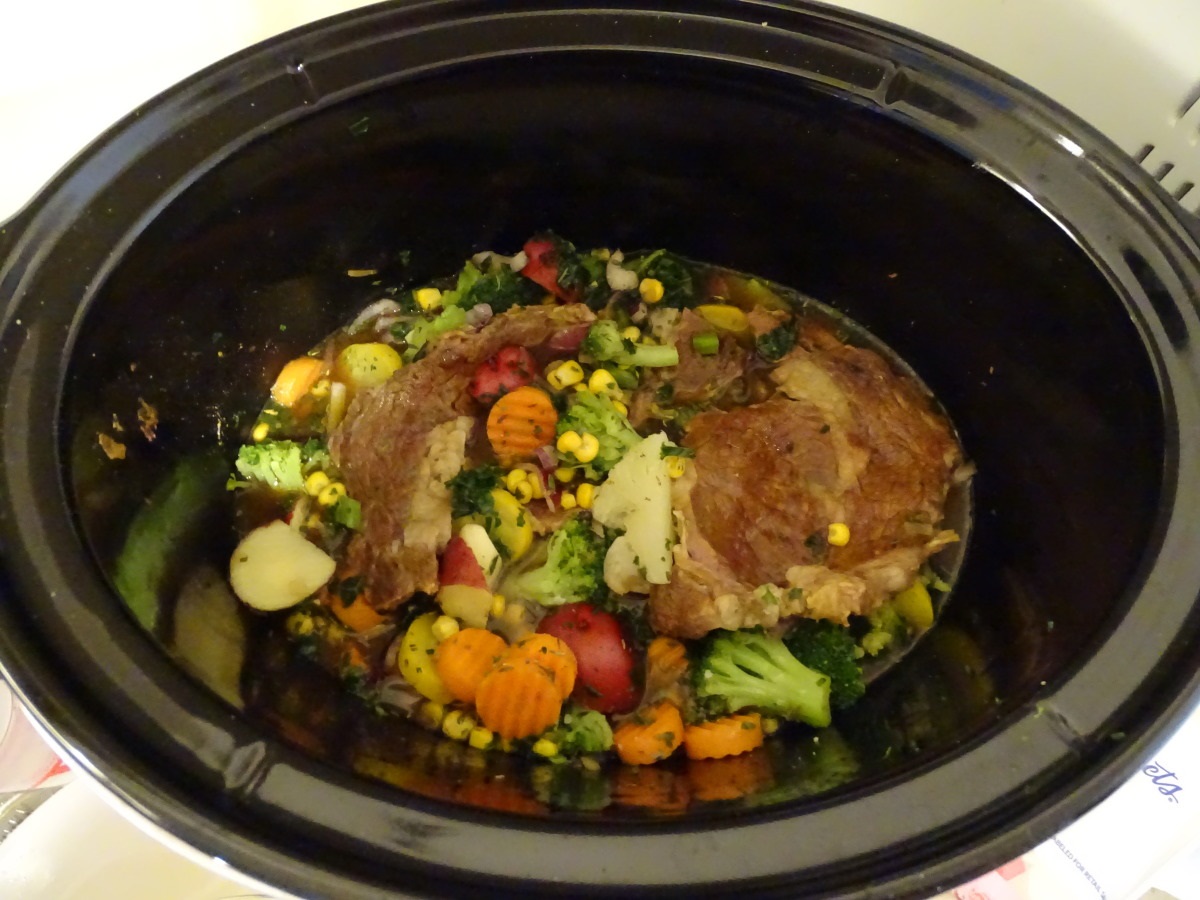

Articles
How Long To Cook Ribeye In Slow Cooker
Modified: February 24, 2024
Discover the perfect slow cooker recipe for cooking ribeye to perfection. This article provides helpful tips and cooking times for a deliciously tender and flavorful dish.
(Many of the links in this article redirect to a specific reviewed product. Your purchase of these products through affiliate links helps to generate commission for Storables.com, at no extra cost. Learn more)
Introduction
Welcome to the world of slow cooking, where flavors meld together and tenderize meats to perfection. While most people associate slow cookers with soups, stews, and roasts, it’s time to introduce a new star to this culinary technique: the ribeye steak. The slow cooker’s low and gentle heat is ideal for cooking this prime cut of beef, resulting in a succulent and melt-in-your-mouth dining experience.
In this article, we will explore the art of cooking ribeye in a slow cooker and provide you with all the information you need to achieve mouthwatering results. Whether you’re craving a comforting Sunday dinner or wanting to impress your guests with an elegant and flavorful dish, slow-cooked ribeye is an excellent choice.
Before we dive into the specifics of slow-cooking ribeye, let’s take a moment to understand the different types of ribeye cuts and how to choose the right one.
Key Takeaways:
- Slow cooking ribeye in a slow cooker results in a succulent, melt-in-your-mouth texture, and infused flavors, making it a fantastic option for a hassle-free and impressive dining experience.
- Experimenting with different seasonings, marinades, and cooking variations allows for endless possibilities to elevate slow cooker ribeye recipes, providing a creative and personalized culinary adventure.
Read more: How To Cook Ribeye On Stove Top
Choosing the Right Ribeye Cut
When it comes to selecting the perfect ribeye cut for slow cooking, you have a few options to consider. The two most common choices are the bone-in ribeye and the boneless ribeye.
The bone-in ribeye, also known as a cowboy or tomahawk steak, is a showstopper. This cut features a long bone that adds visual appeal and imparts extra flavor into the meat during the slow cooking process. The bone acts as a conductor of heat and helps to distribute it evenly throughout the steak. This results in a tender and juicy final product that is sure to please any steak lover.
On the other hand, the boneless ribeye is a more convenient option. It is often more readily available at grocery stores and easier to handle during preparation. This cut still benefits from slow cooking as the low heat allows the marbling and collagen within the meat to break down, resulting in a melt-in-your-mouth texture.
When choosing a ribeye, look for marbling, which refers to the fat streaks within the meat. Marbling adds flavor, moisture, and tenderness to the steak. Opt for ribeyes with abundant marbling as they will produce the best results when slow cooked.
It’s also worth noting that the thickness of the ribeye can affect the cooking time and desired doneness. Thicker cuts will require longer cooking times to reach the desired level of tenderness.
Now that you have a better understanding of the different ribeye cuts and how to select the right one, let’s move on to the next step: preparing the ribeye for slow cooking.
Preparing the Ribeye for Slow Cooking
Before you start slow cooking your ribeye, it’s essential to properly prepare the meat to maximize flavor and tenderness.
First, take the ribeye out of the refrigerator and let it come to room temperature. Allowing the steak to warm up for about 30 minutes will help it cook more evenly.
Next, pat the ribeye dry with paper towels. Removing excess moisture from the surface of the meat will help promote browning and enhance the overall texture.
If desired, trim any excess fat from the ribeye. While fat adds flavor, some prefer a leaner cut. However, leaving a thin layer of fat can provide added juiciness and flavor during the slow cooking process.
Now it’s time to season the ribeye. Seasoning not only adds flavor but also helps to create a crust on the surface of the steak. You can keep it simple with salt and pepper or get creative with your favorite spice blends or marinades.
Before applying the seasoning, drizzle a small amount of olive oil or vegetable oil onto the ribeye. This will help the seasoning adhere to the meat and prevent it from sticking to the slow cooker’s surface.
Massage the seasoning into the ribeye, ensuring that it coats all sides evenly. Be generous with the seasoning, as some may get absorbed during the cooking process. Remember, the slow cooker’s extended cooking time allows the flavors to penetrate the meat, resulting in a well-seasoned final dish.
Once seasoned, you can let the ribeye rest for a few minutes to allow the flavors to meld together. This brief rest time will also help the meat come to room temperature more fully.
Now that your ribeye is properly seasoned and ready to go, it’s time to transfer it to the slow cooker. But before we delve into the cooking process, let’s explore some possibilities for adding even more flavor to your slow-cooked ribeye through marinades.
Seasoning and Marinades for Flavor
Adding the right seasonings and marinades to your ribeye can elevate its flavor profile and take it to the next level. While a simple salt and pepper seasoning can work wonders, experimenting with different flavors can create a delightful culinary experience.
Here are a few seasoning ideas to consider:
- Garlic and Herb: Create a classic and aromatic blend of minced garlic, dried herbs like rosemary, thyme, and parsley, along with salt and pepper.
- Smoky Barbecue: Combine smoked paprika, brown sugar, chili powder, garlic powder, onion powder, salt, and pepper for a rich and smoky barbecue flavor.
- Southwest Spice: Mix together cumin, chili powder, paprika, garlic powder, onion powder, salt, and pepper for a bold and zesty taste.
- Mediterranean Delight: Blend dried oregano, dried basil, dried thyme, garlic powder, onion powder, salt, and pepper for a taste reminiscent of the Mediterranean region.
If you prefer to marinate your ribeye, it’s essential to choose a marinade that complements the meat’s natural flavors. Marinating can add moisture, tenderness, and additional depth of flavor. Some popular options include:
- Balsamic and Soy: Create a marinade with balsamic vinegar, soy sauce, minced garlic, honey, Dijon mustard, and a touch of olive oil for a sweet and tangy flavor.
- Teriyaki Twist: Combine soy sauce, brown sugar, ginger, garlic, sesame oil, and a squeeze of fresh citrus juice for an Asian-inspired marinade.
- Beer and Worcestershire: A combination of beer, Worcestershire sauce, garlic, onion powder, and brown sugar can create a flavorful and slightly sweet marinade.
Remember to marinate the ribeye for at least 30 minutes to allow the flavors to penetrate the meat. You can also marinate it overnight for a more intense flavor infusion. Before placing the ribeye in the slow cooker, ensure you pat it dry to remove excess marinade.
Now that your ribeye is well-seasoned or marinated, let’s move on to the cooking process and explore how to achieve the perfect slow-cooked ribeye in your slow cooker.
Cooking the Ribeye in the Slow Cooker
Using a slow cooker to cook ribeye ensures a tender, juicy, and flavorful result. The low and slow cooking process allows the meat to break down slowly, resulting in a melt-in-your-mouth texture. Here’s how to cook your ribeye steak in the slow cooker:
- Preheat your slow cooker on the low setting.
- If desired, place a layer of sliced onions or other aromatics on the bottom of the slow cooker. This will add flavor and prevent the steak from sticking to the bottom.
- Place the seasoned or marinated ribeye into the slow cooker. Remove any excess marinade from the meat, allowing it to drip off before placing it in the cooker.
- Close the lid tightly and let the ribeye cook on the low setting for 6 to 8 hours. The exact cooking time will depend on the thickness of the steak and desired level of doneness.
- Avoid opening the slow cooker unnecessarily during the cooking process, as this can lengthen the cooking time and affect the overall outcome.
During the cooking process, the ribeye will release its juices and create a flavorful broth in the slow cooker. This broth can be used later as a base for sauces or gravies to accompany the ribeye.
Once the cooking time is up, it’s important to check the ribeye for doneness before serving.
For a tender and juicy ribeye in the slow cooker, cook on low for 4-6 hours or until it reaches your desired level of doneness. Add some beef broth and seasonings for extra flavor.
Checking for Doneness
It’s crucial to check the doneness of your ribeye to ensure it is cooked to your desired level. When using a slow cooker, the meat will become incredibly tender, but the internal temperature may not rise enough to reach a traditional medium-rare or well-done state. Here are some methods to determine the doneness of your slow-cooked ribeye:
1. Using a meat thermometer: The most accurate way to gauge the doneness of your ribeye is to use a meat thermometer. Insert the thermometer into the thickest part of the steak without touching the bone if it is a bone-in ribeye. The USDA recommends the following internal temperatures for ribeye: 125°F (52°C) for rare, 135°F (57°C) for medium-rare, and 145°F (63°C) for medium. Keep in mind that the ribeye may appear more well-done due to the slow cooking process, even if the internal temperature doesn’t reach the traditional medium or well-done range.
2. Visual cues: While not as accurate as a meat thermometer, you can use visual cues to estimate the doneness of your ribeye. A rare ribeye will have a red center, medium-rare will have a warm pink center, and medium will have a slightly pink center with some juices visible. However, keep in mind that slow-cooked ribeye may appear more uniformly cooked and slightly pink throughout due to the extended cooking time.
3. Texture and touch: Another way to assess the doneness of your ribeye is by its texture and touch. A rare ribeye will be very soft and juicy, while a medium-rare steak will have a slight resistance when pressed with your finger. A medium steak will have a firmer texture with less juice present.
Remember that the cooking time can vary depending on your slow cooker and the specific thickness of your ribeye. It’s always better to err on the side of undercooking and adjust the cooking time accordingly if the desired level of doneness has not been reached.
Once your ribeye is done to your liking, it’s time to remove it from the slow cooker and let it rest before serving.
Resting and Serving the Ribeye
Resting the ribeye after cooking is a crucial step that allows the juices to redistribute and the meat to reach its full potential. Here’s what you need to know about resting and serving your slow-cooked ribeye:
- Remove the ribeye from the slow cooker and transfer it to a cutting board.
- Cover the ribeye loosely with aluminum foil and let it rest for about 5 to 10 minutes. Resting allows the meat to retain its moisture and ensures a more tender and flavorful bite.
- During the resting period, make sure to keep the ribeye in a warm place to maintain its ideal serving temperature.
- After the resting time, it’s time to slice and serve your slow-cooked ribeye. Use a sharp knife and cut the steak against the grain to maximize tenderness.
- Present the ribeye on a warmed platter or individual plates. You can serve it as is or accompany it with your favorite sides such as roasted vegetables, mashed potatoes, or a refreshing salad.
- Drizzle any reserved cooking juices or sauces from the slow cooker over the sliced ribeye to enhance the flavor.
Slow-cooked ribeye is a real treat that can be enjoyed any day of the week. The tenderness and succulence of the meat, coupled with the infused flavors from the seasoning or marinade, make for a remarkable dining experience.
Now that you’ve mastered the art of slow-cooking ribeye, let’s explore some tips and variations to experiment and customize your slow cooker ribeye recipes.
Tips and Variations for Slow Cooker Ribeye Recipes
While slow-cooking ribeye is a relatively straightforward process, there are a few tips and variations to consider that can take your dish to the next level. Here are some suggestions to enhance your slow cooker ribeye recipes:
- Enhance the flavor: Experiment with different seasonings and marinades to add depth and complexity to your ribeye. Try incorporating spices like cayenne pepper, smoked paprika, or even a hint of cinnamon for a unique twist.
- Add additional ingredients: Customize your slow cooker ribeye recipe by adding complementary ingredients. For example, you can include sliced mushrooms, bell peppers, or onions to enhance the flavor profile and create a delicious side dish.
- Create a flavorful crust: For those who enjoy a seared crust on their ribeye, you can achieve this by searing the ribeye in a hot skillet before transferring it to the slow cooker. This will give the steak a beautiful caramelized exterior while still enjoying the tenderness of slow cooking.
- Make a sauce or gravy: Utilize the flavorful juices gathered in the slow cooker to make a delicious sauce or gravy to accompany your ribeye. You can thicken the juices with a cornstarch slurry or reduce them over the stovetop to concentrate the flavors.
- Explore different cooking liquids: While slow-cooking, consider using alternative liquids instead of traditional broth or water. You can enhance the flavor by using red wine, beef stock, or even beer to infuse additional richness into the meat.
- Variations in cooking time and temperature: Adjust the cooking time and temperature to achieve your preferred level of doneness. Cooking at a higher temperature for a shorter period will result in a more medium-style ribeye, while a longer cooking time on low will produce a tender, falling-apart texture.
- Experiment with side dishes: Pair your slow-cooked ribeye with a variety of side dishes to create a well-rounded meal. Consider options like creamy mashed potatoes, grilled asparagus, or a fresh arugula salad to complement the richness of the steak.
- Try different cuts of beef: While ribeye is a popular choice for slow cooking, don’t be afraid to try other cuts of beef, such as chuck roast or beef short ribs. These cuts can also benefit from the low and slow cooking method, resulting in tender and flavorful dishes.
Remember, cooking is an opportunity for creativity and personalization. Feel free to adjust and experiment with these tips and variations to create a slow-cooked ribeye recipe that suits your taste preferences.
Now that you have a repertoire of tips and variations, you’re ready to embark on your slow cooker ribeye cooking adventures. Enjoy the process and indulge in the delectable results!
Conclusion
Cooking ribeye in a slow cooker is a fantastic way to achieve a tender, juicy, and flavorful steak with minimal effort. The low and slow cooking process allows the meat to break down gradually, resulting in a melt-in-your-mouth texture and infused flavors. By following the steps outlined in this article, you can create a delicious slow-cooked ribeye that will impress your family and friends.
When choosing a ribeye cut, consider whether you prefer bone-in or boneless, and look for ample marbling to ensure maximum tenderness and flavor. Properly preparing the ribeye by bringing it to room temperature, patting it dry, and seasoning or marinating it allows the flavors to penetrate the meat and enhances the overall experience.
Cooking the ribeye in the slow cooker on low heat for several hours ensures an even cooking process and tender results. Use visual cues, a meat thermometer, or touch to gauge the doneness of the ribeye and adjust the cooking time accordingly. Remember to let the ribeye rest before serving, allowing the juices to redistribute and enhance the flavor.
Throughout your slow cooker ribeye journey, feel free to explore different seasonings, marinades, and cooking variations to customize your dish to your liking. From creating a flavorful crust to experimenting with side dishes and sauces, there are endless possibilities to elevate your slow cooker ribeye recipes.
Now that you have mastered the art of slow-cooking ribeye in your slow cooker, it’s time to unleash your creativity and enjoy the succulent, flavorful results. Gather your ingredients, fire up the slow cooker, and get ready to savor the deliciousness of slow-cooked ribeye. Whether it’s a casual weekday dinner or a special occasion, your slow-cooked ribeye will surely impress and leave everyone wanting more.
Frequently Asked Questions about How Long To Cook Ribeye In Slow Cooker
Was this page helpful?
At Storables.com, we guarantee accurate and reliable information. Our content, validated by Expert Board Contributors, is crafted following stringent Editorial Policies. We're committed to providing you with well-researched, expert-backed insights for all your informational needs.
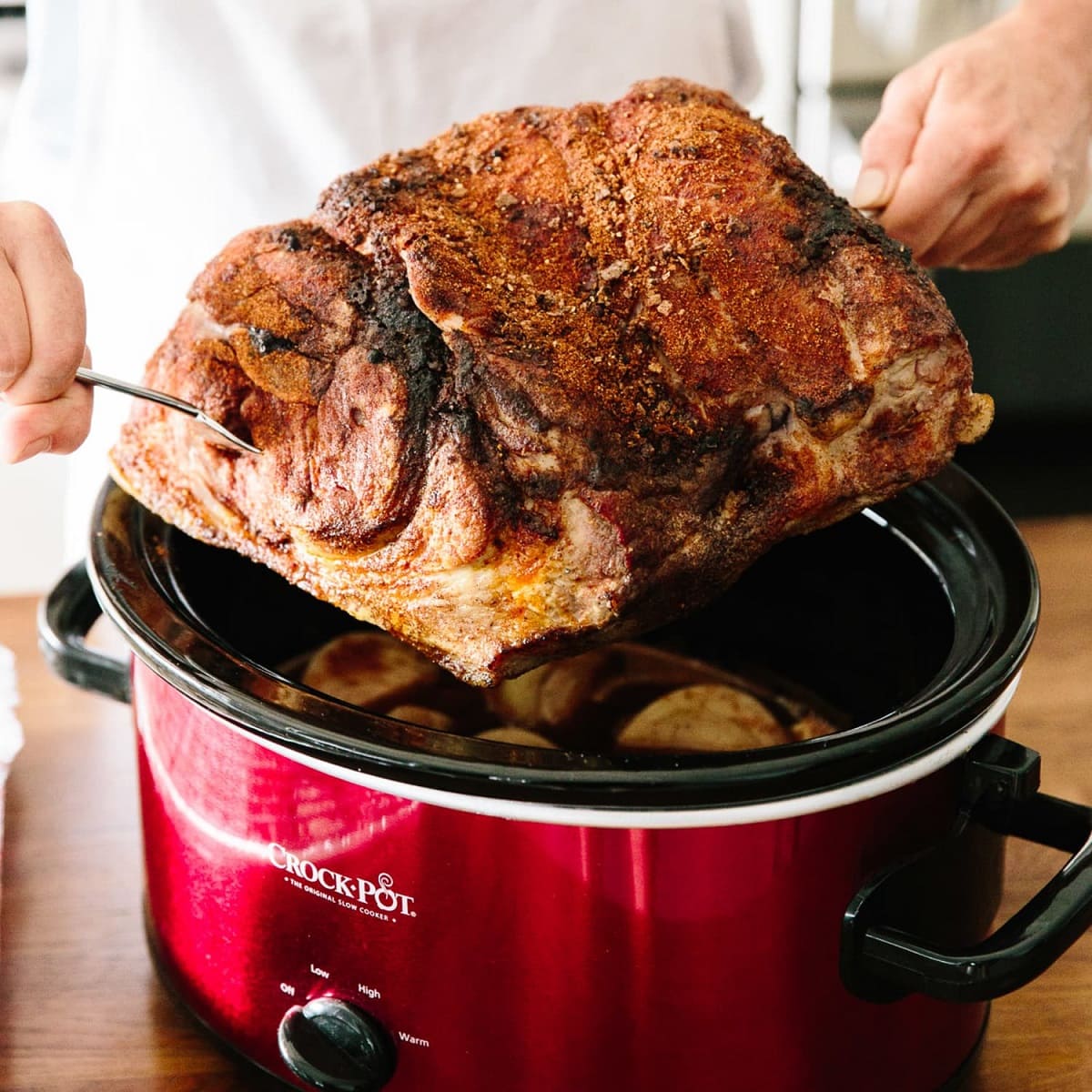
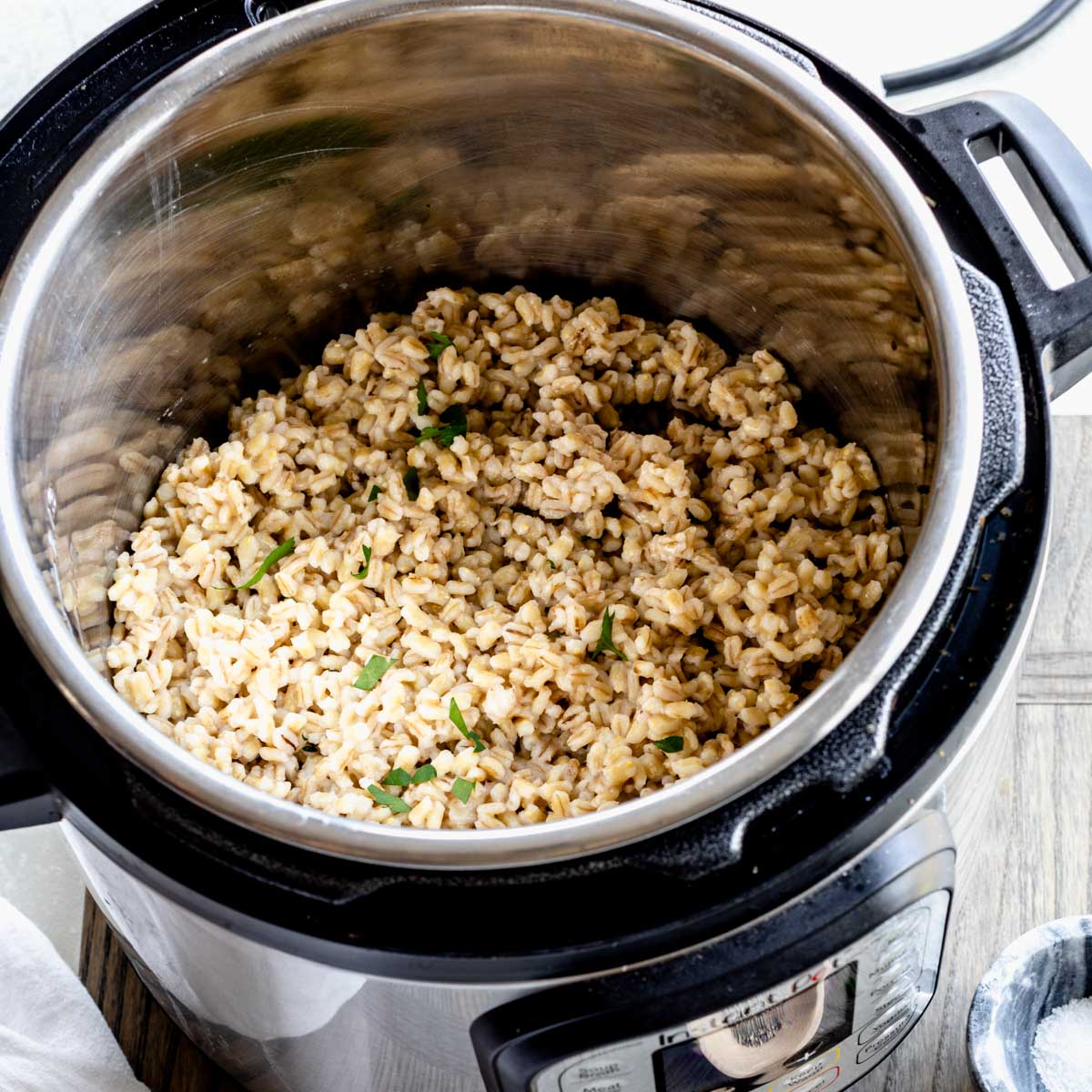
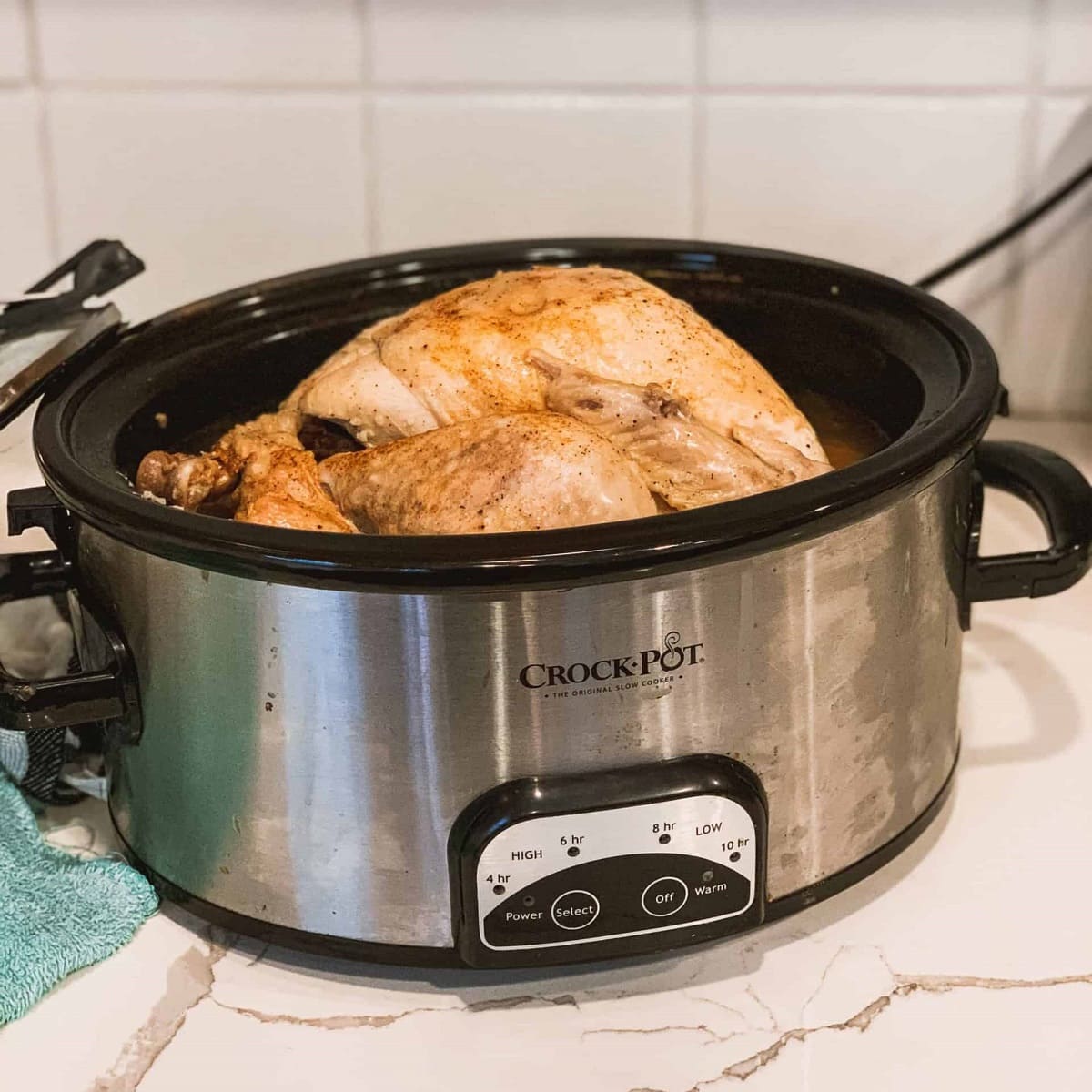
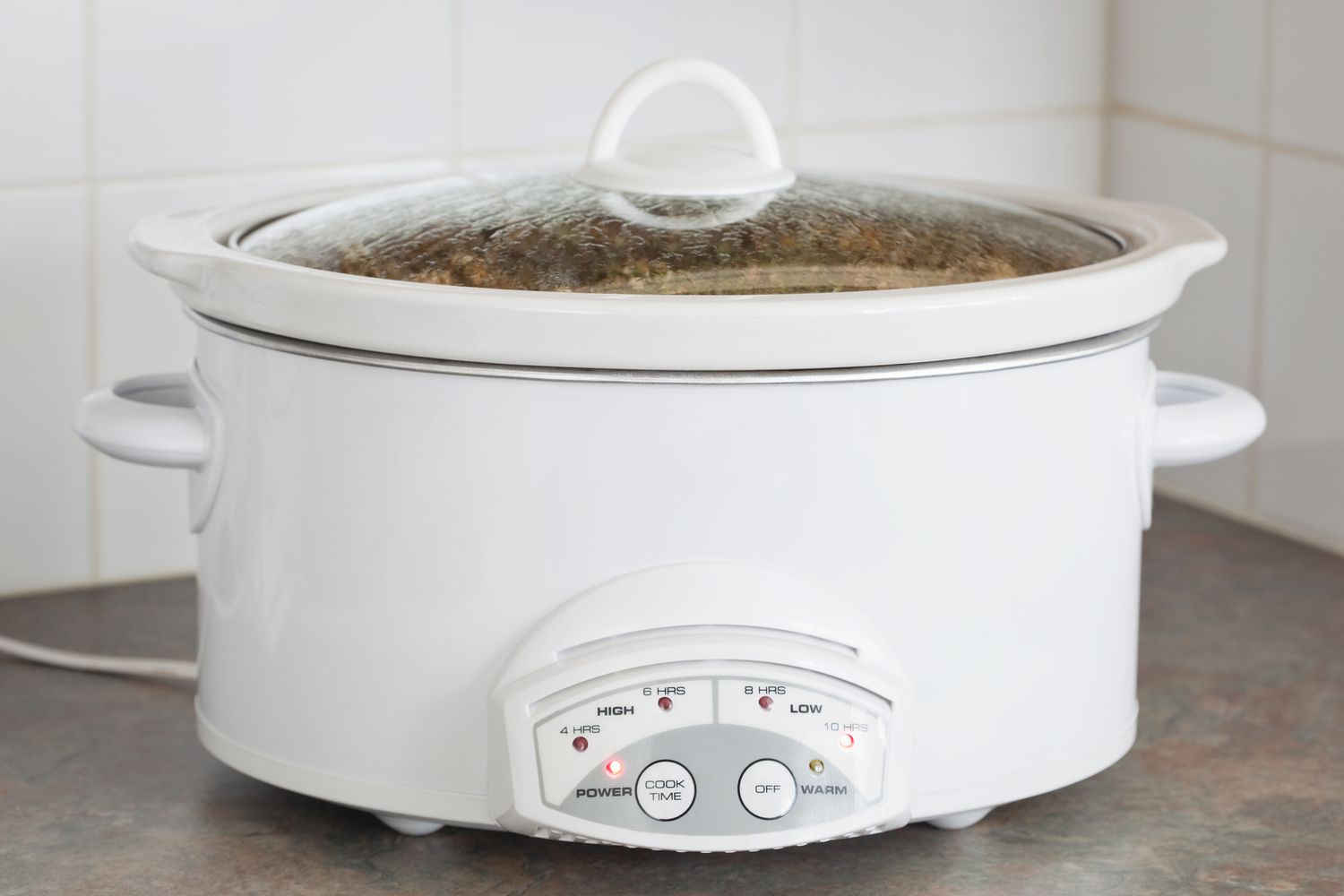
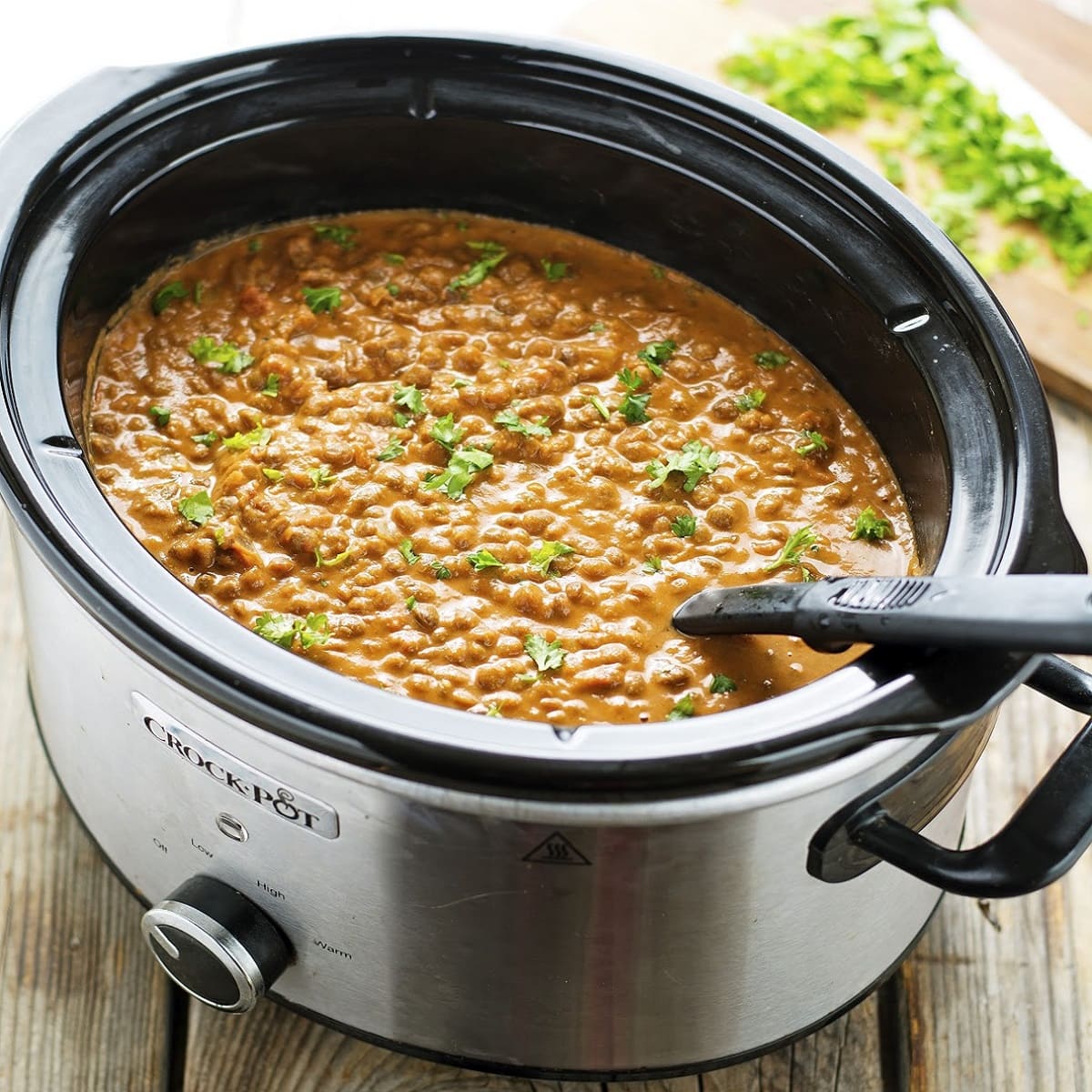
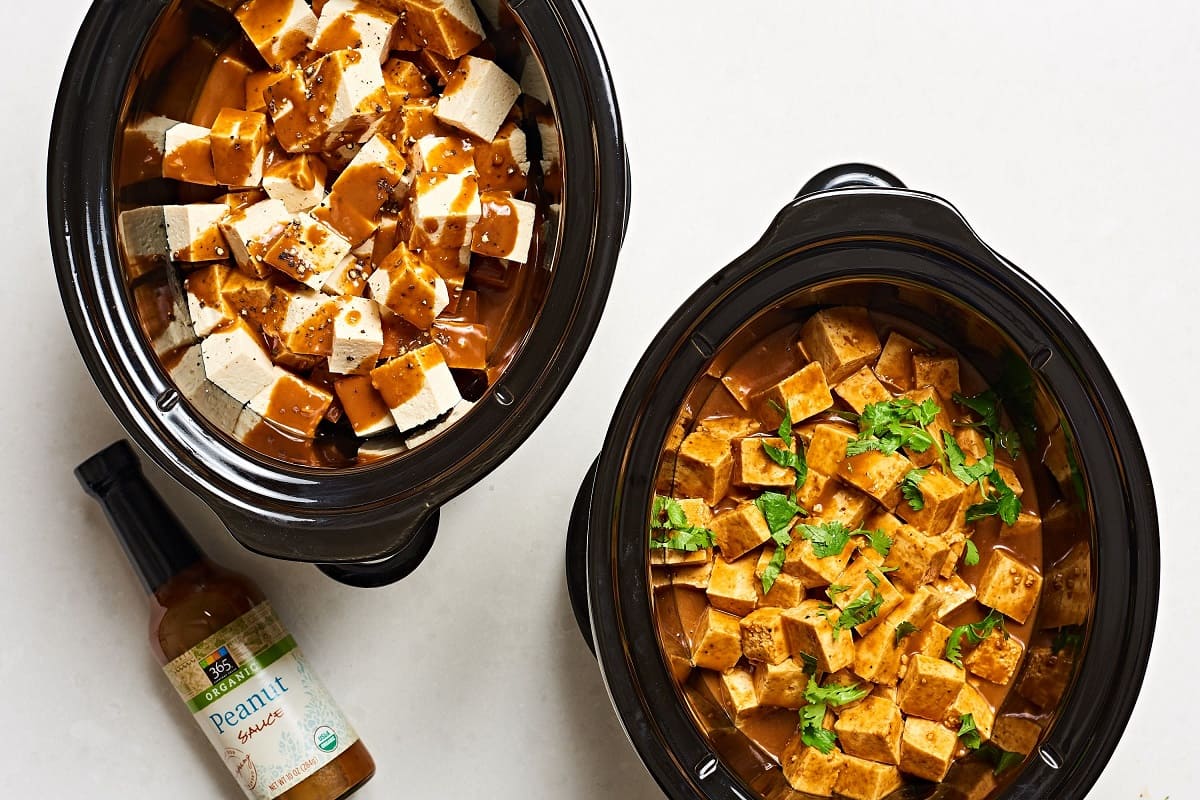
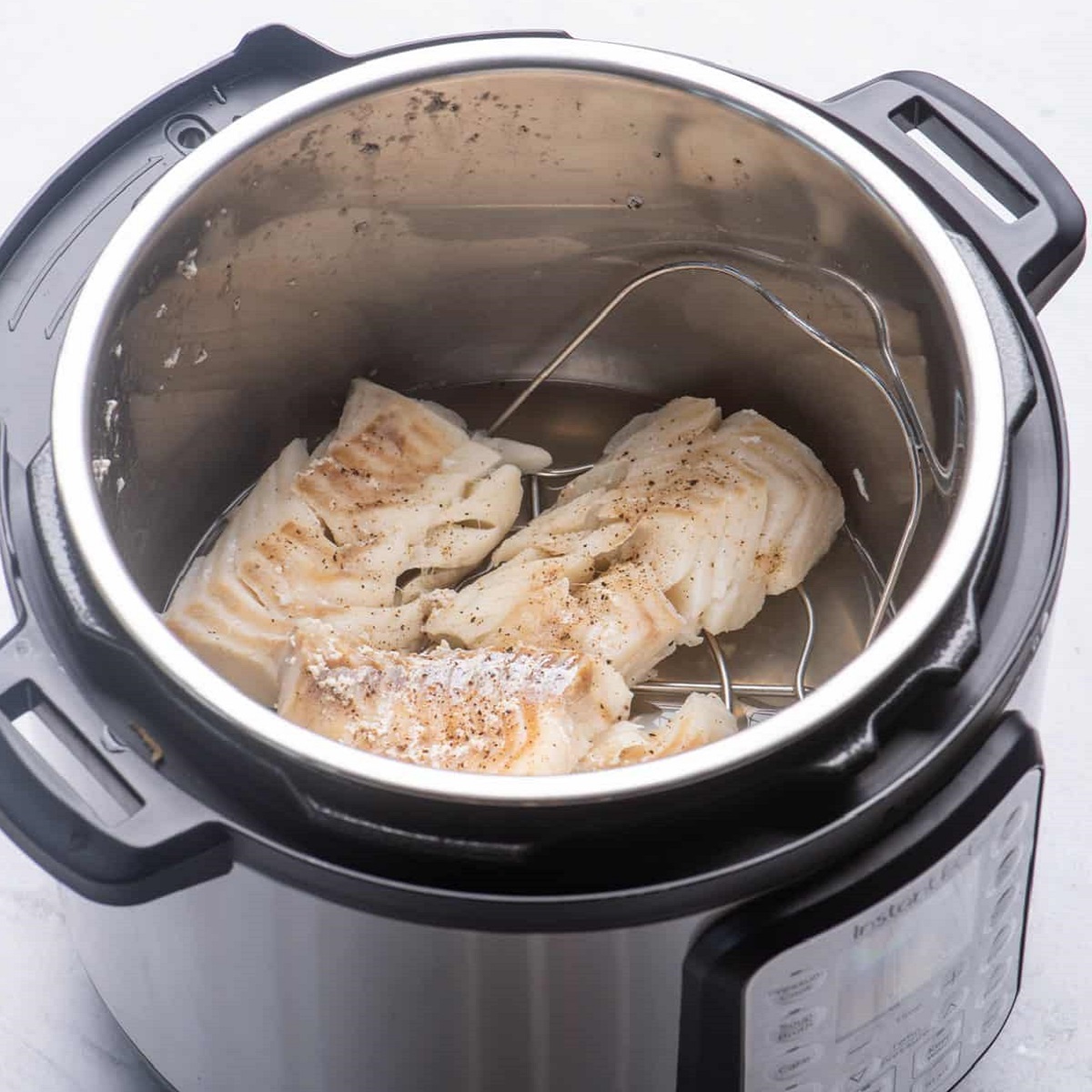
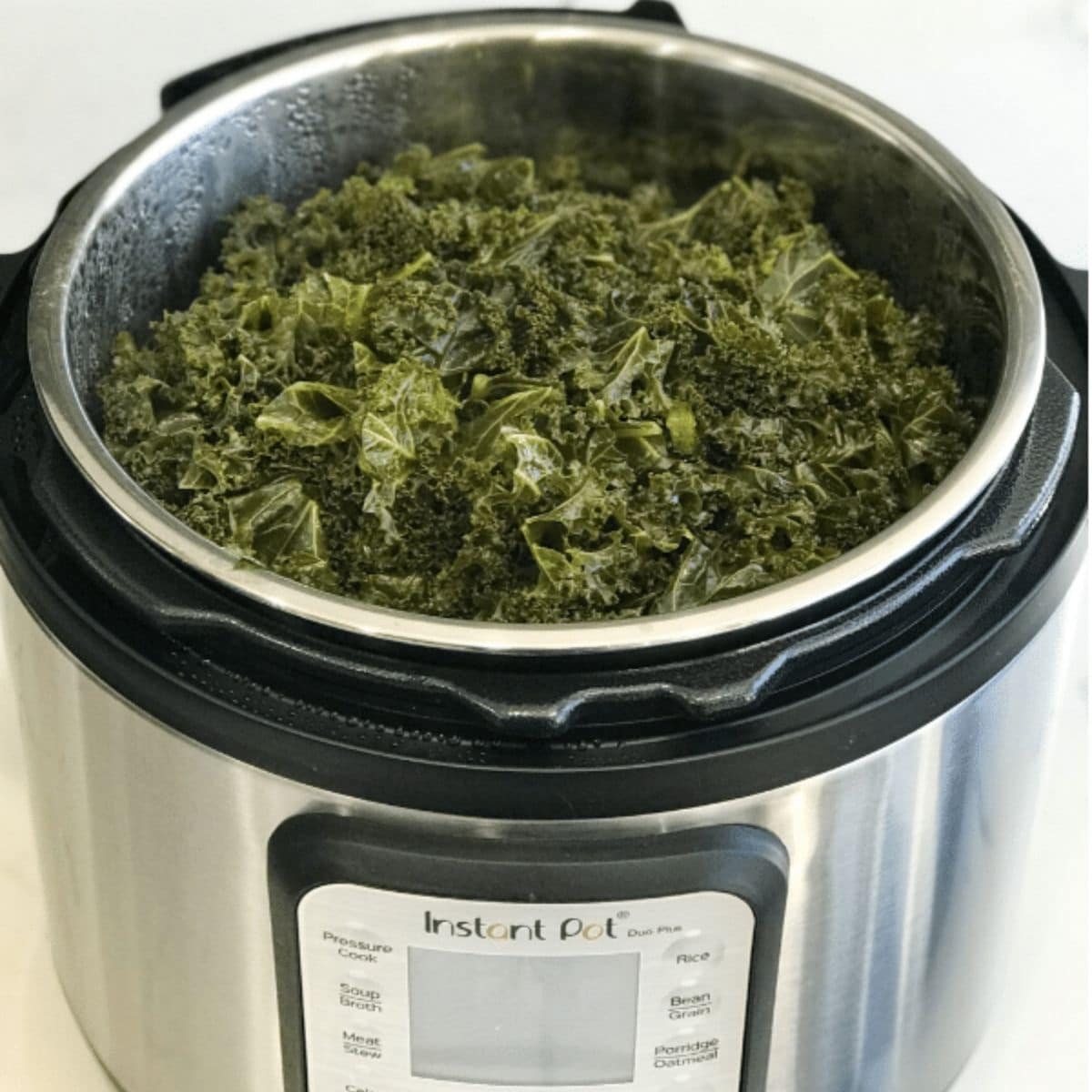
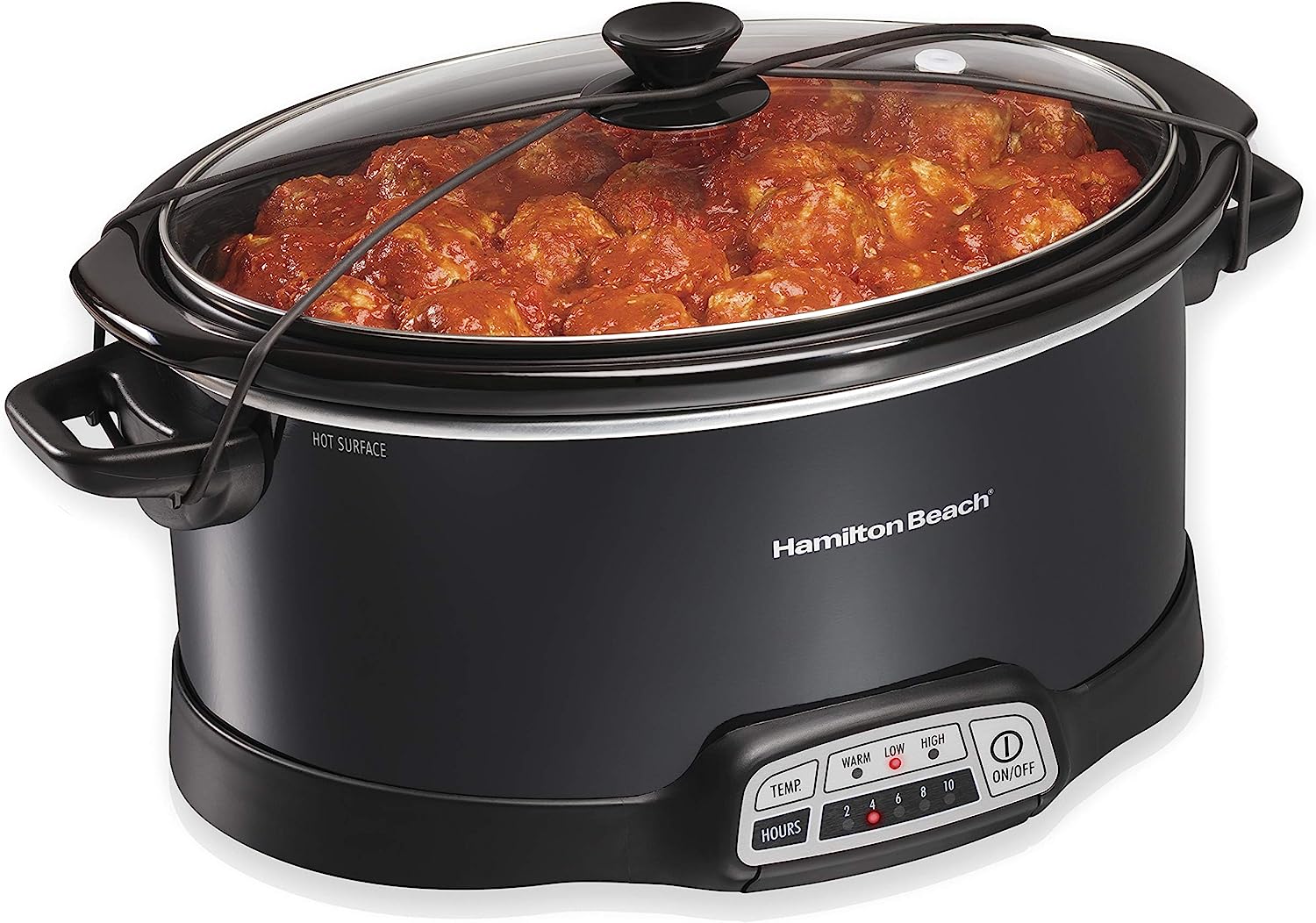
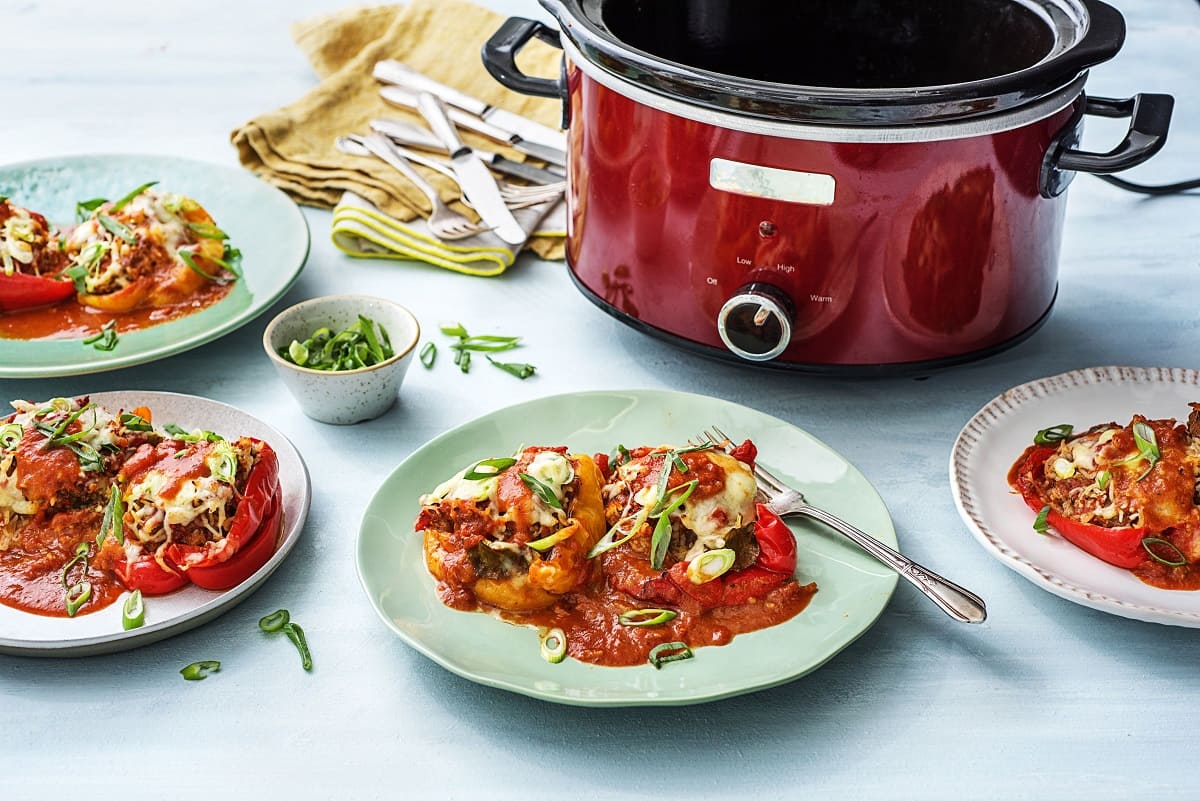
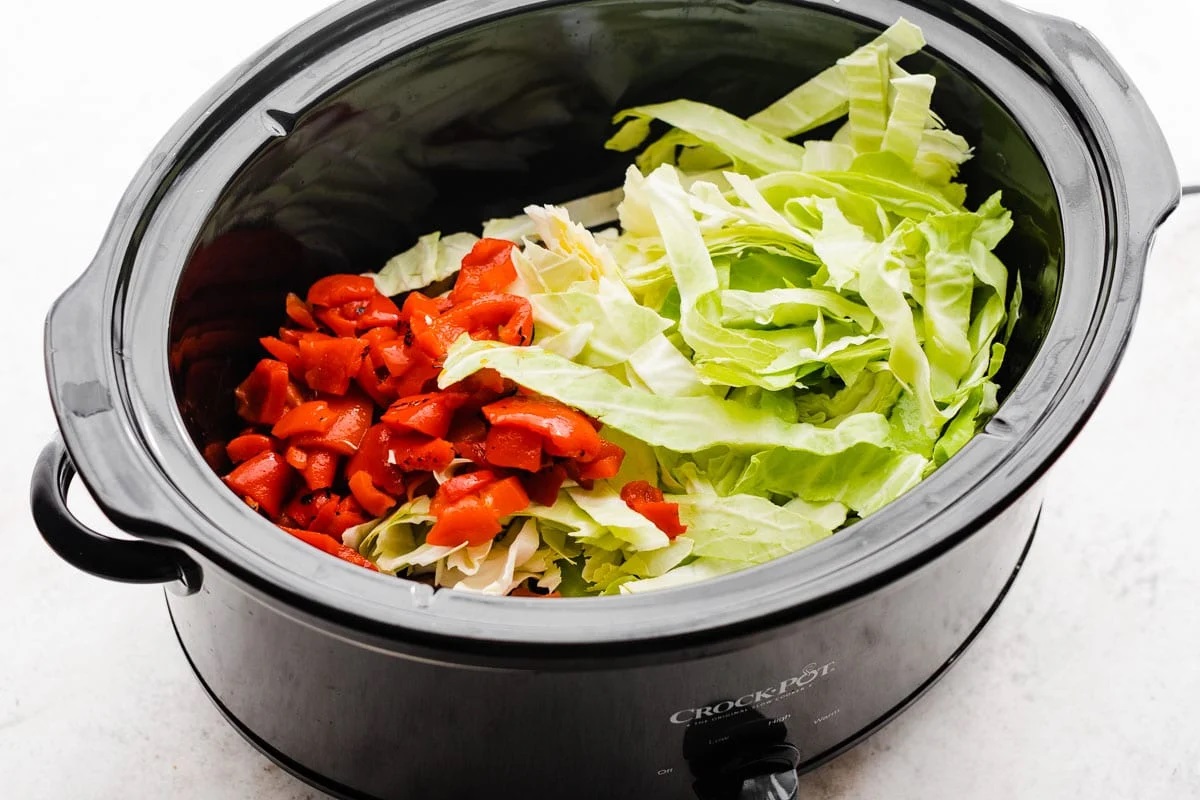
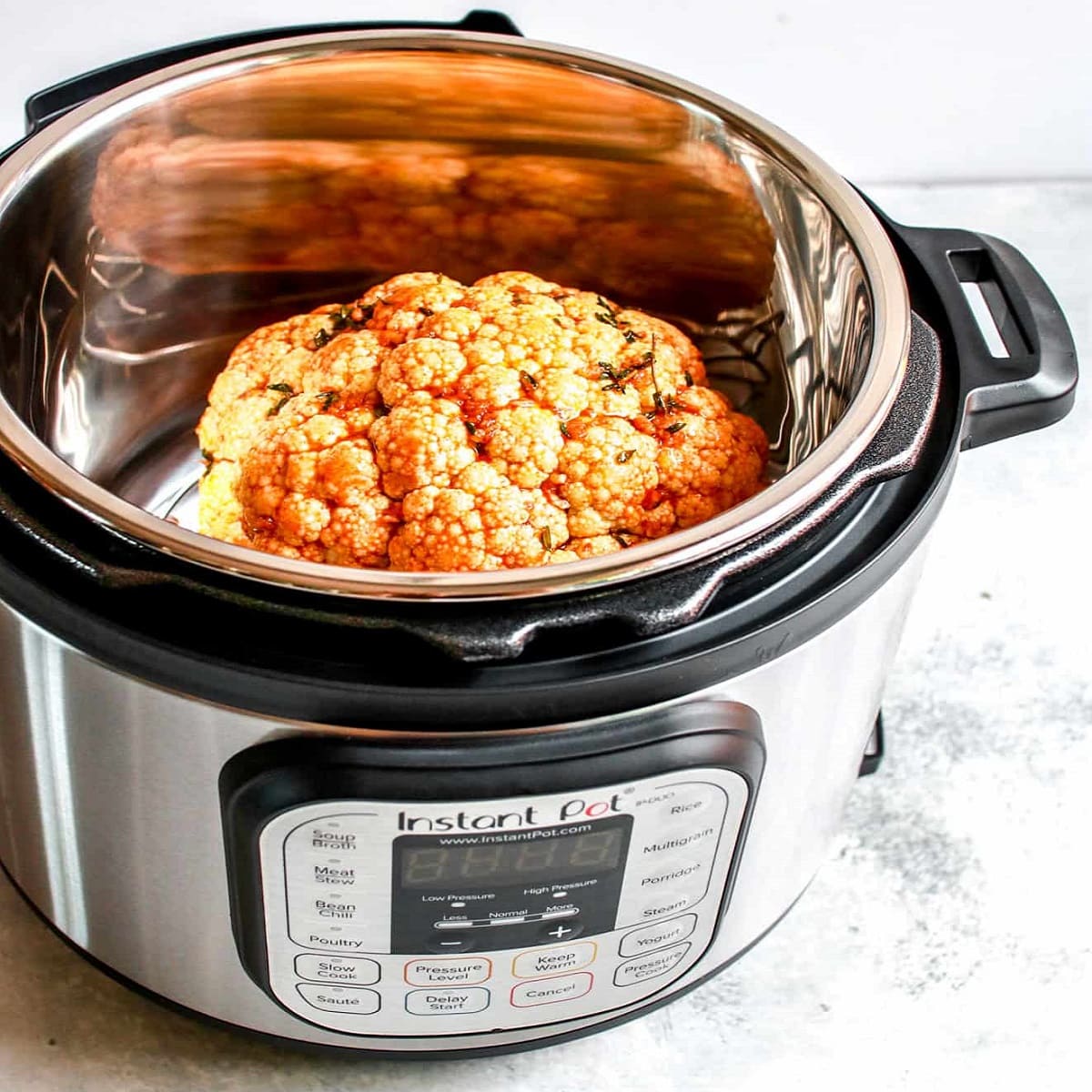
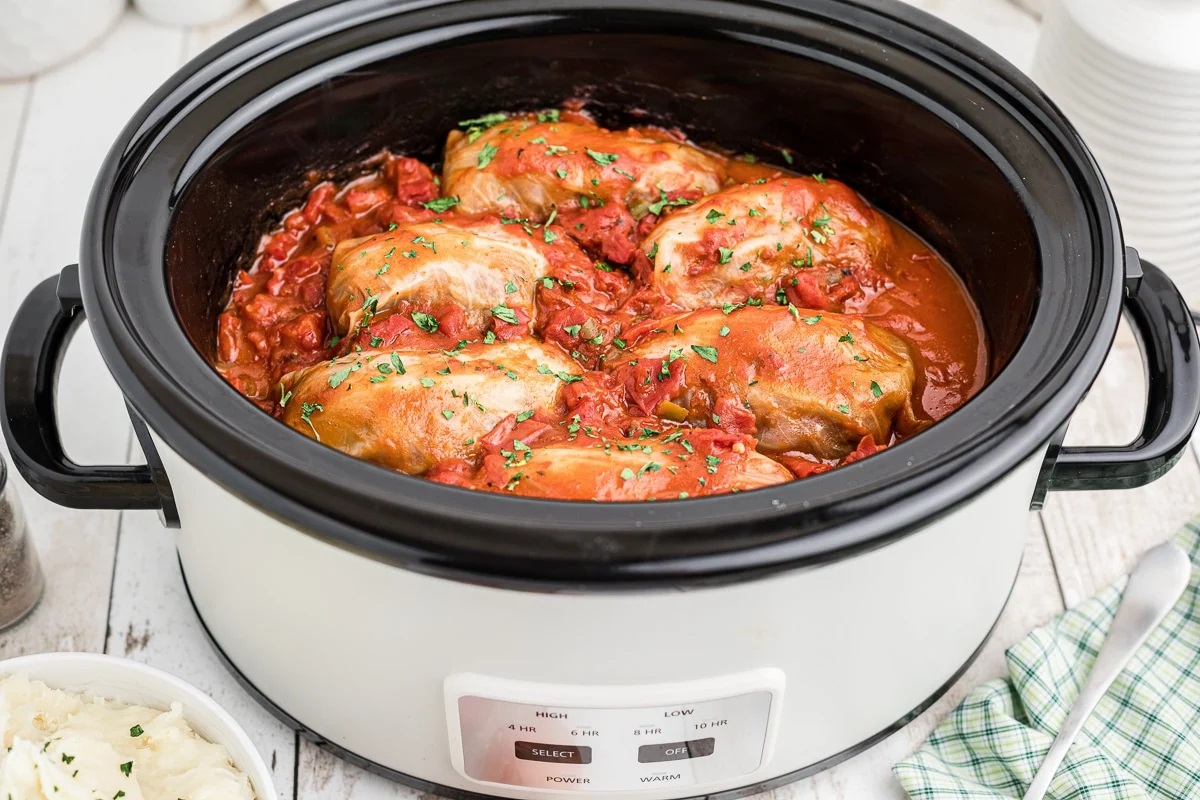
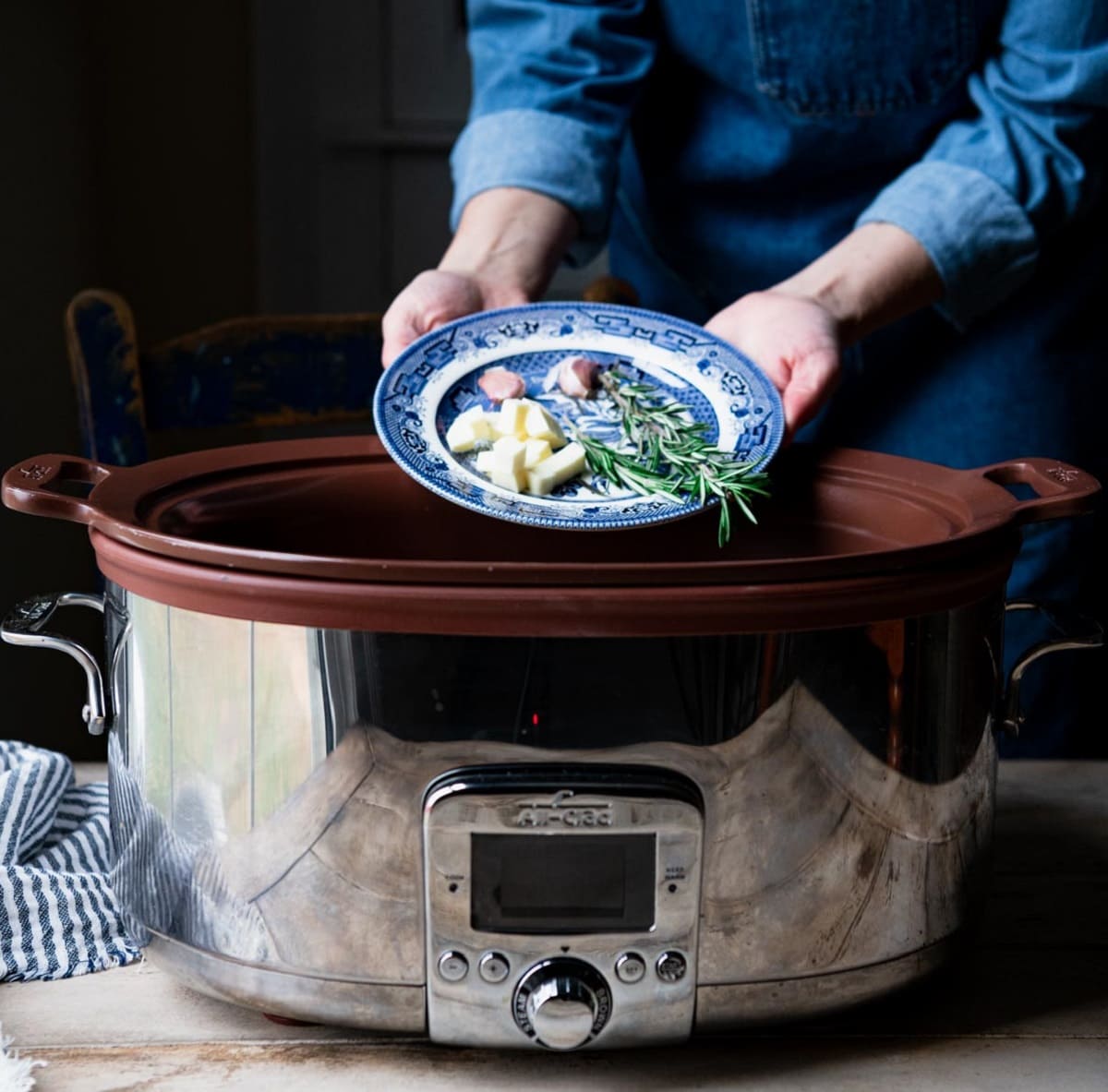

0 thoughts on “How Long To Cook Ribeye In Slow Cooker”